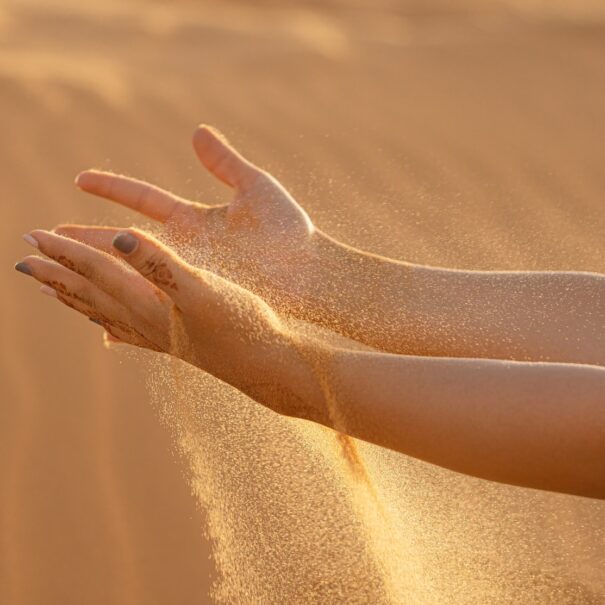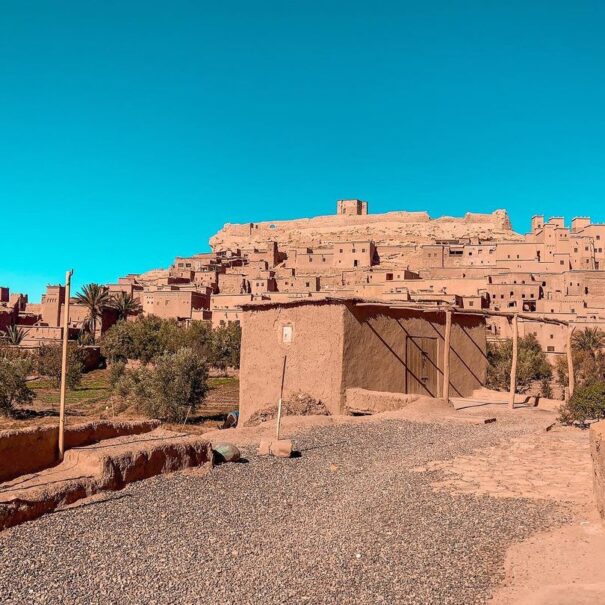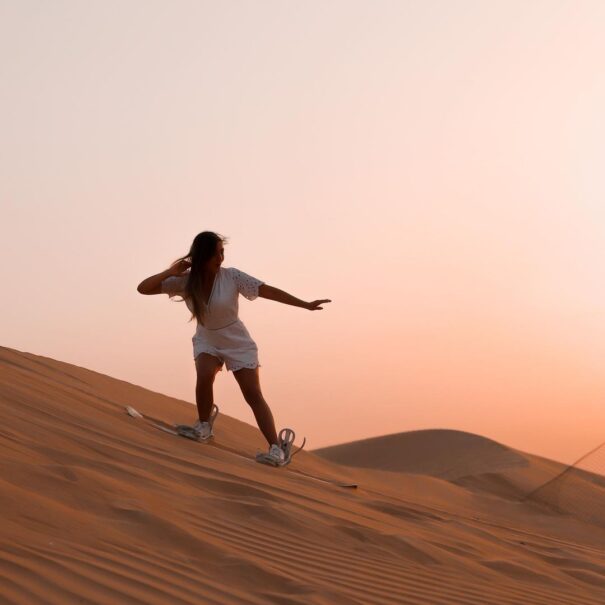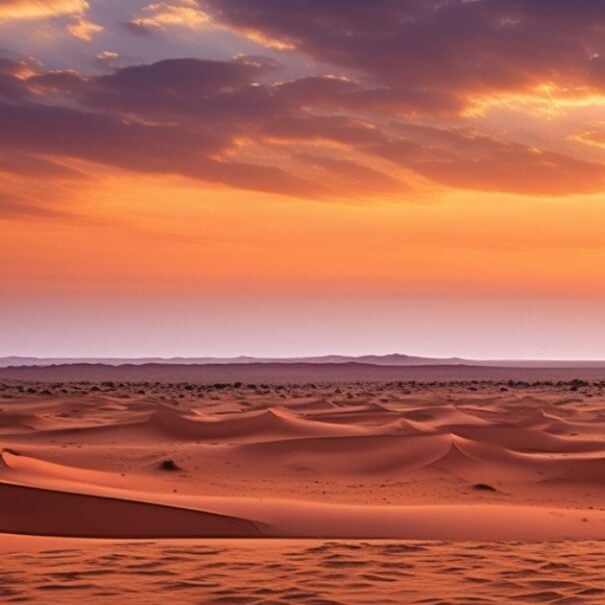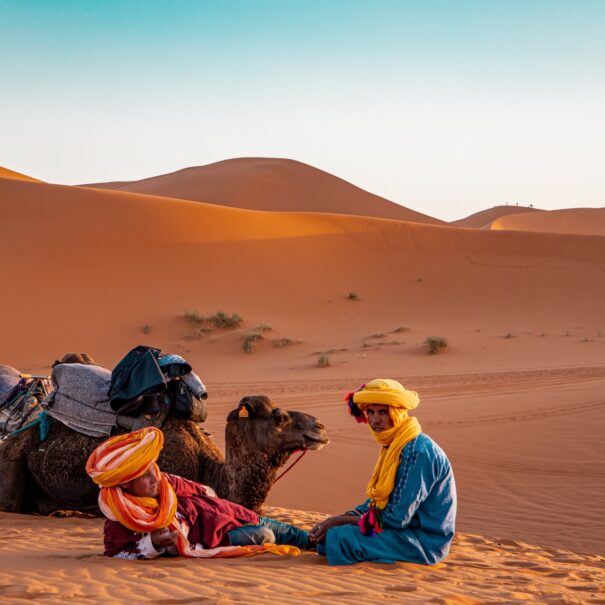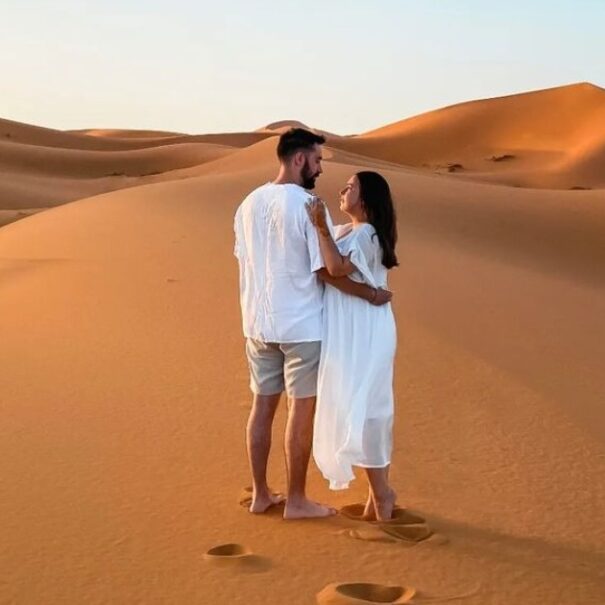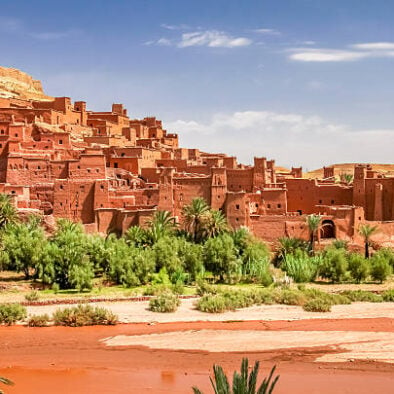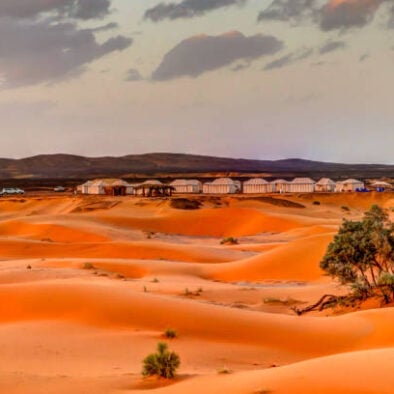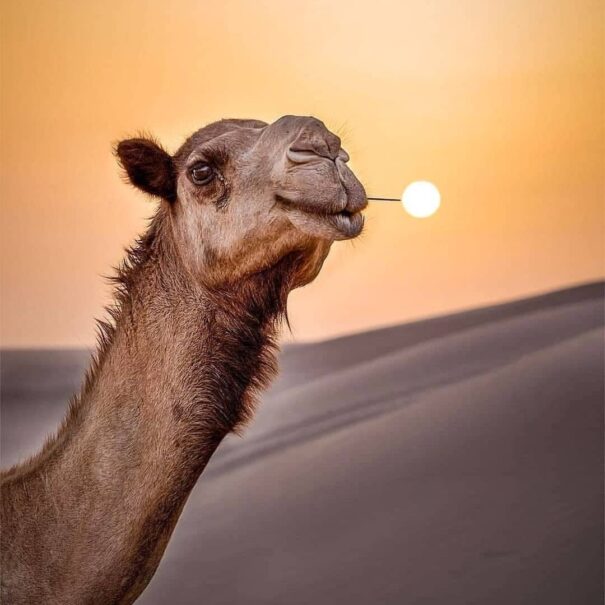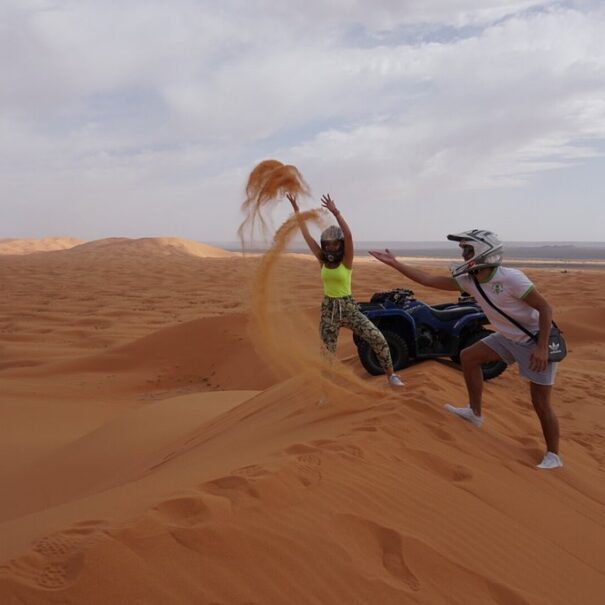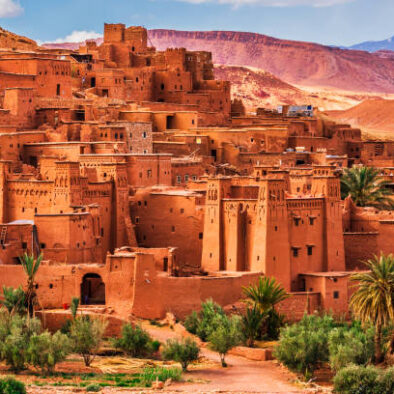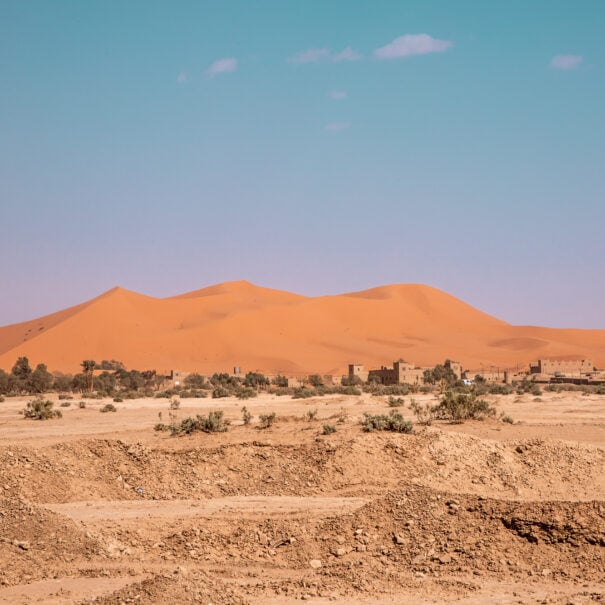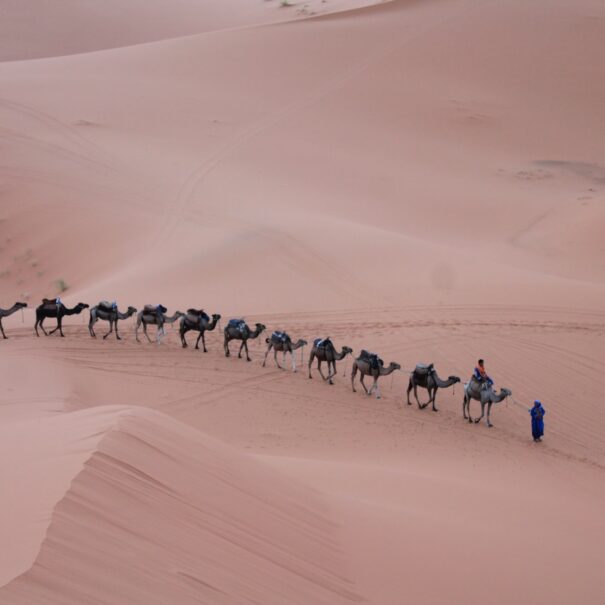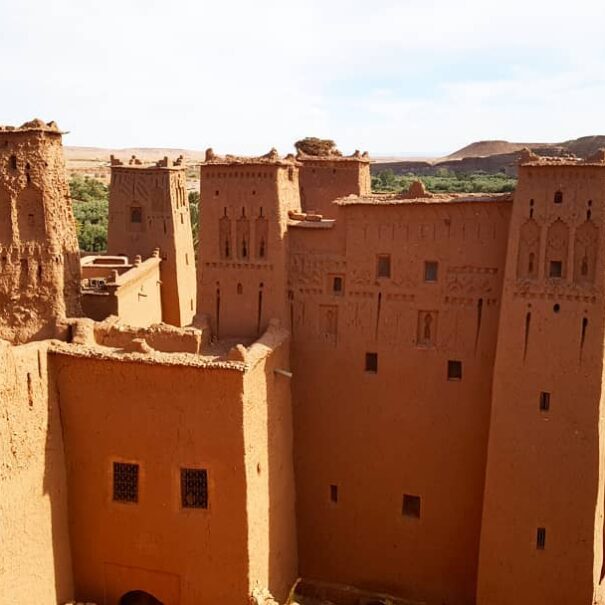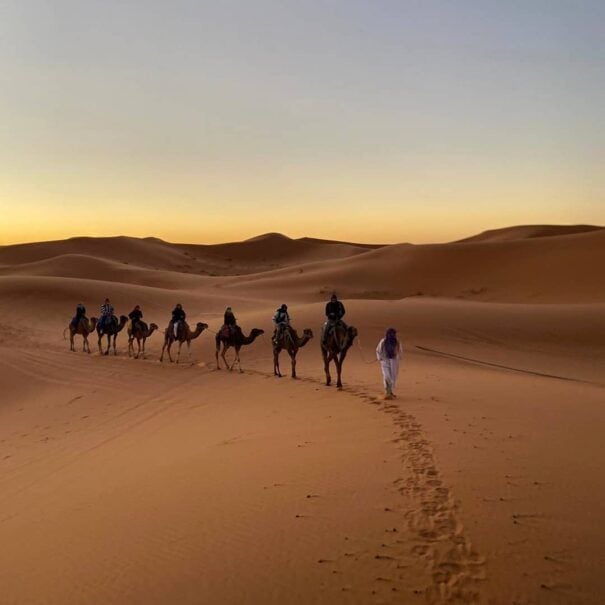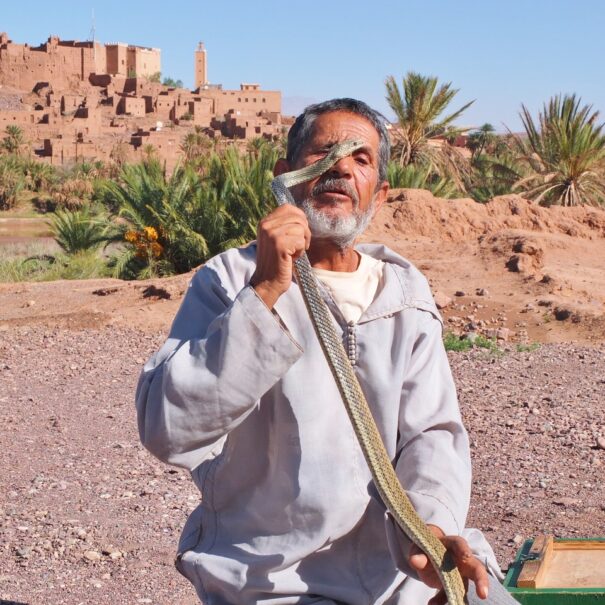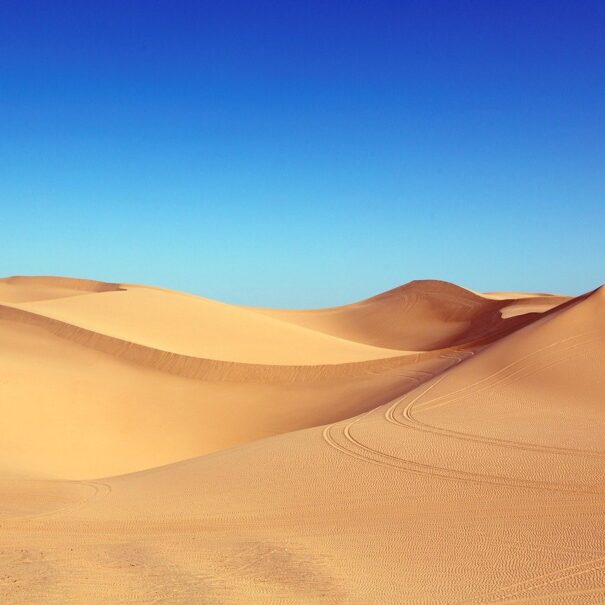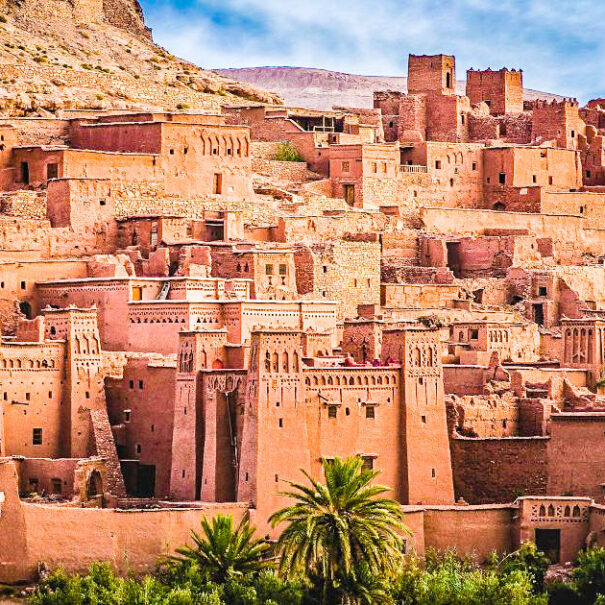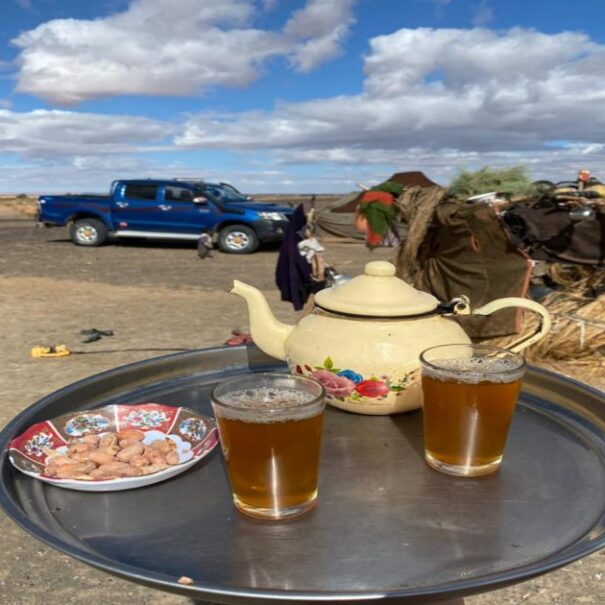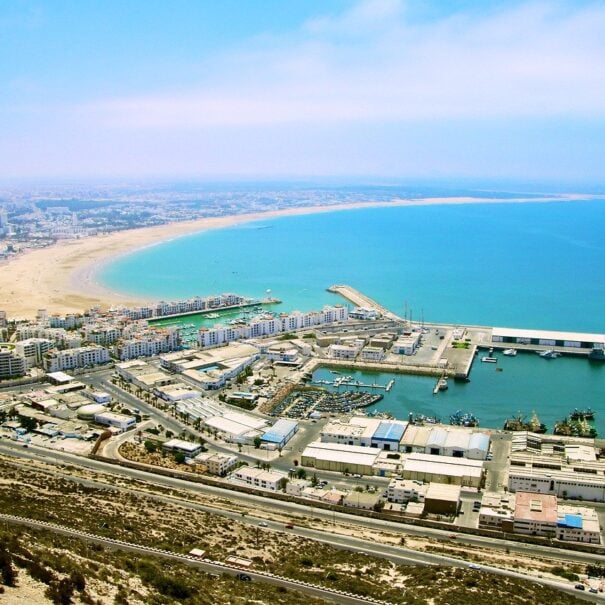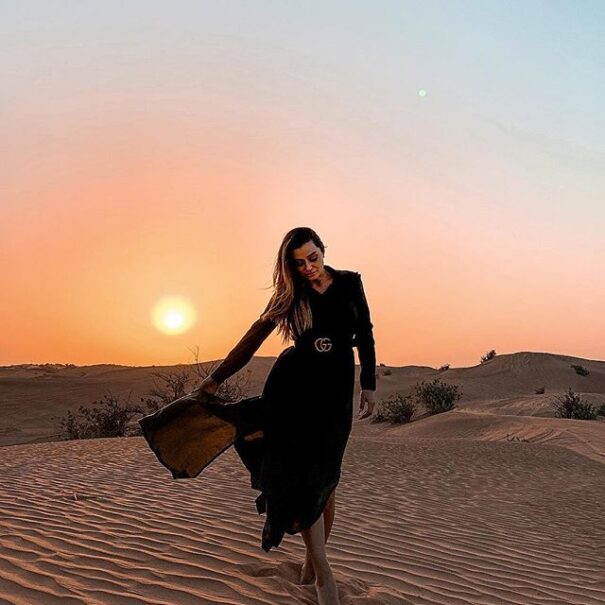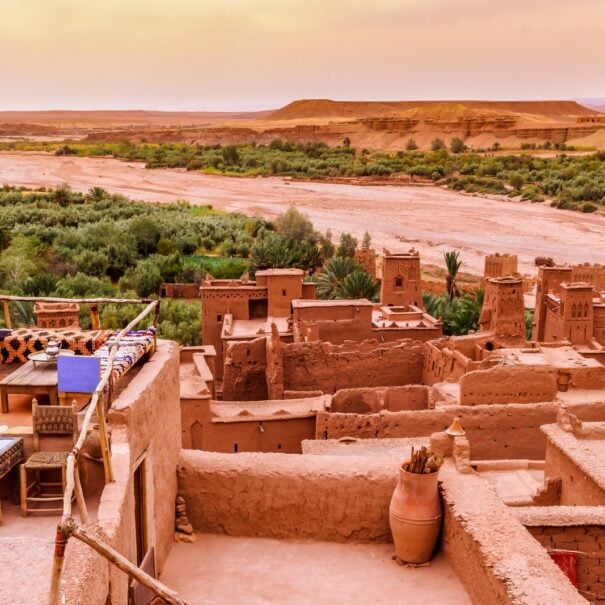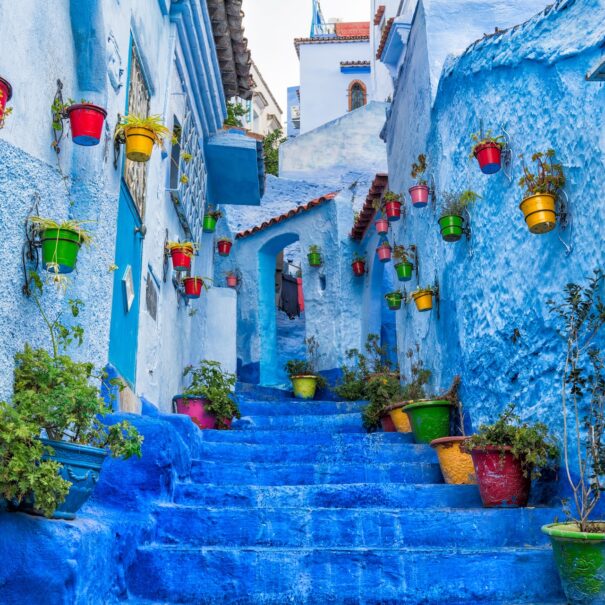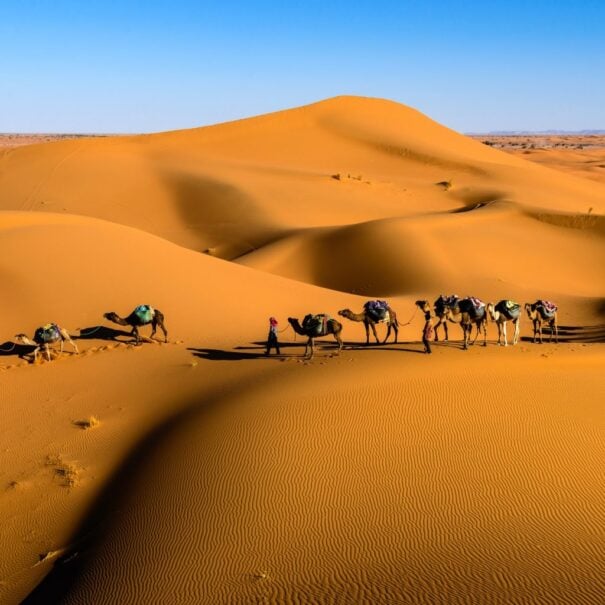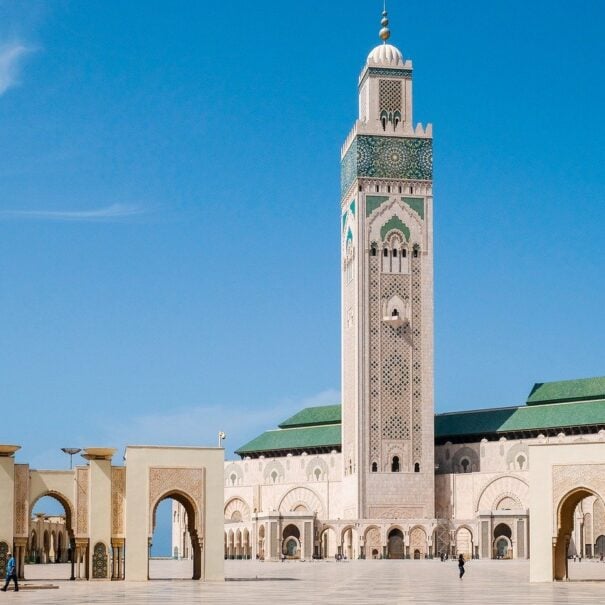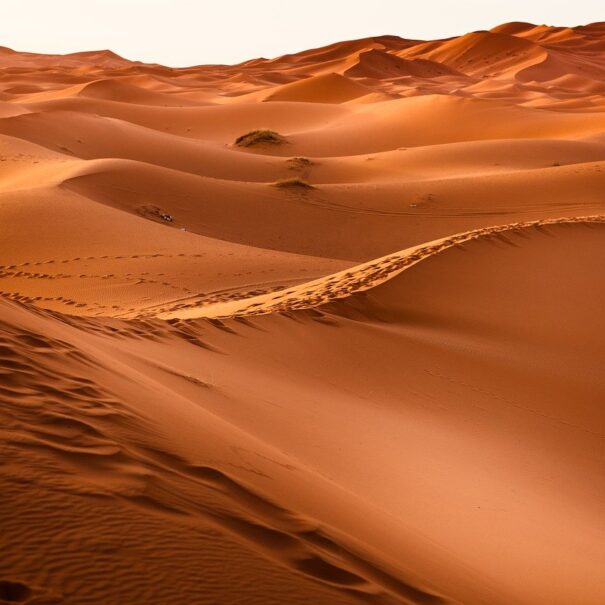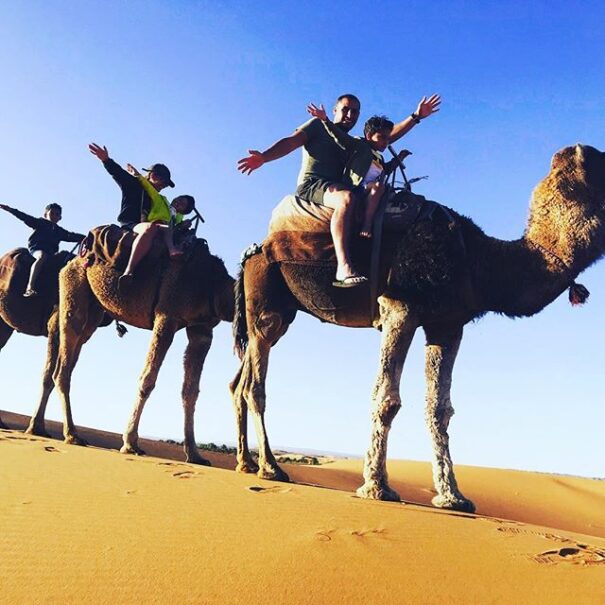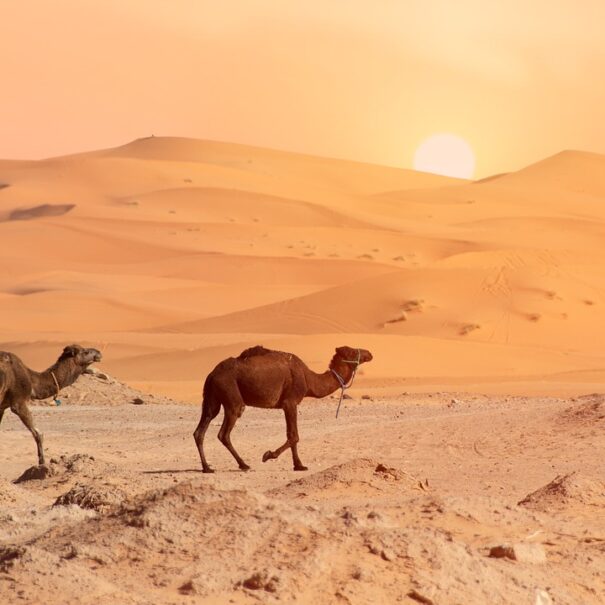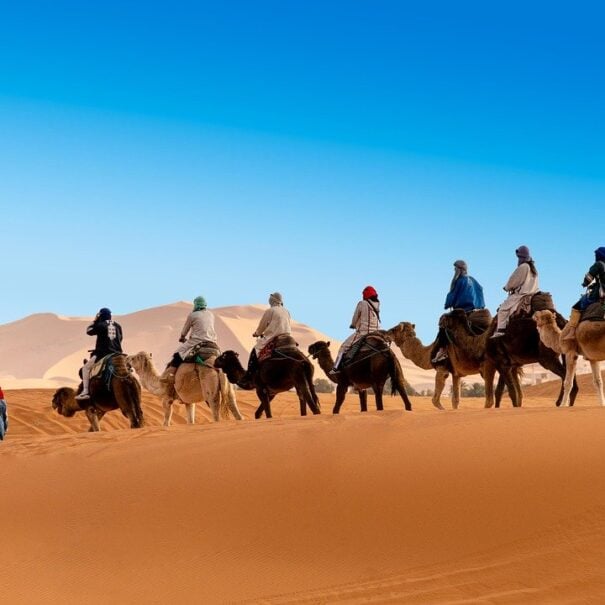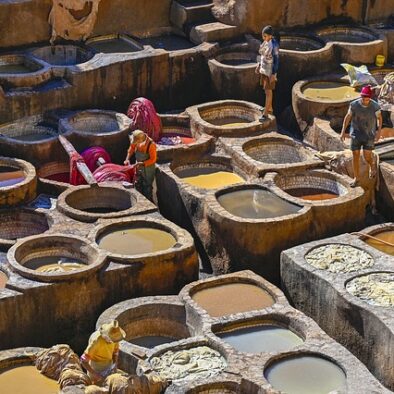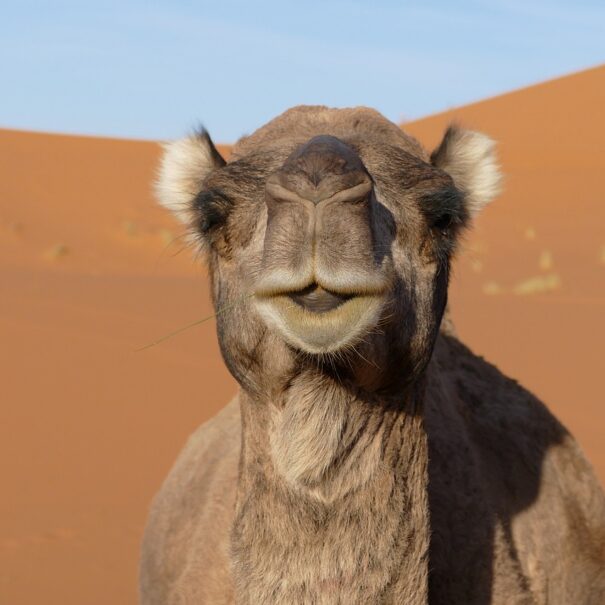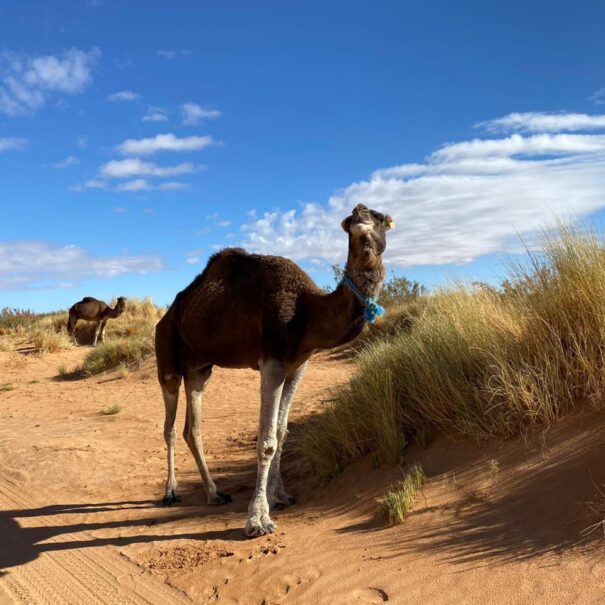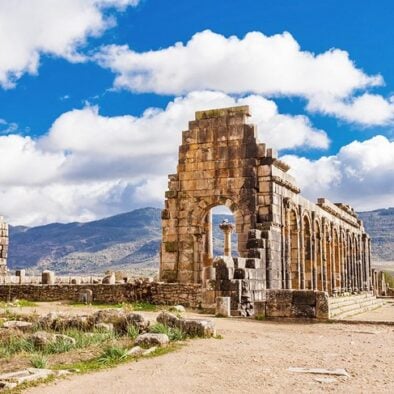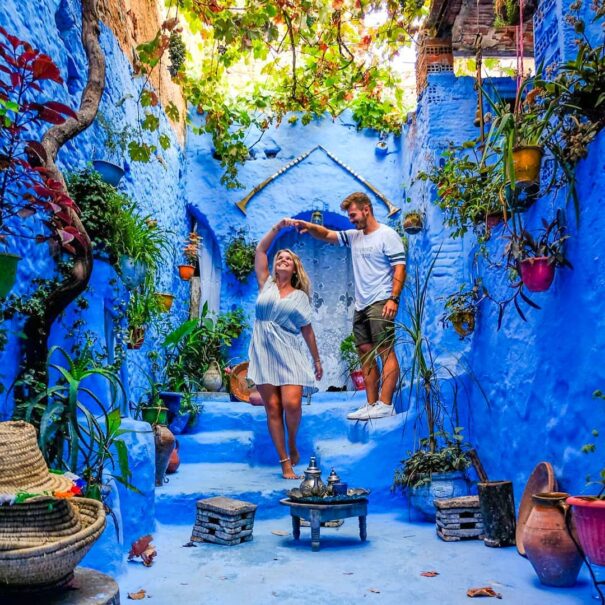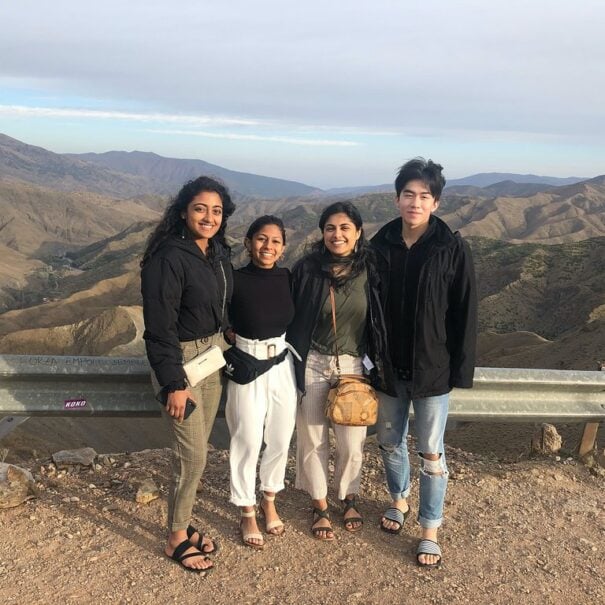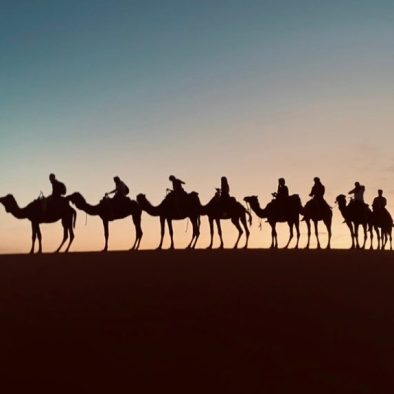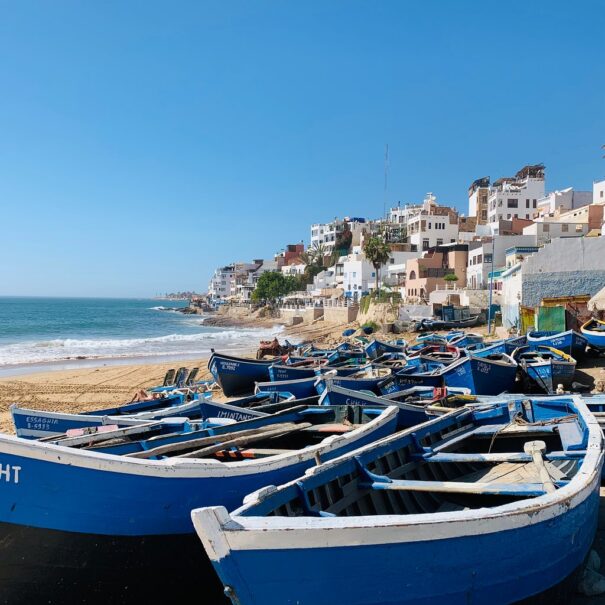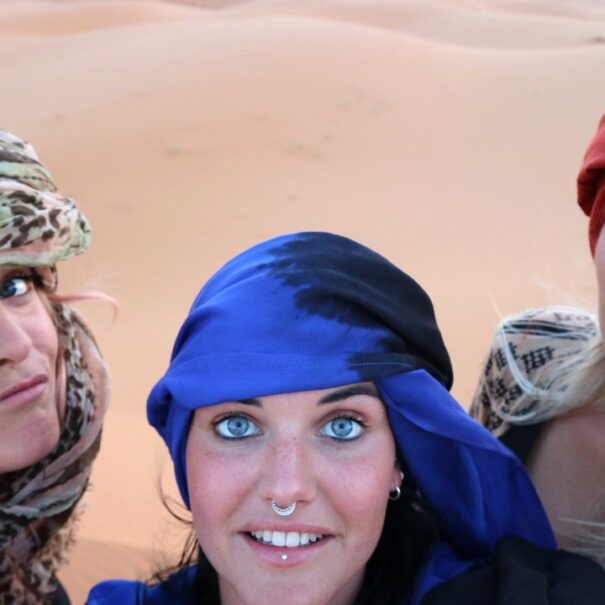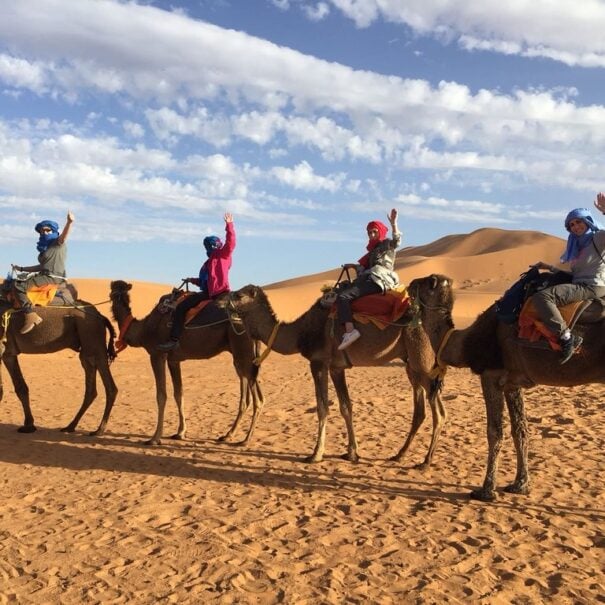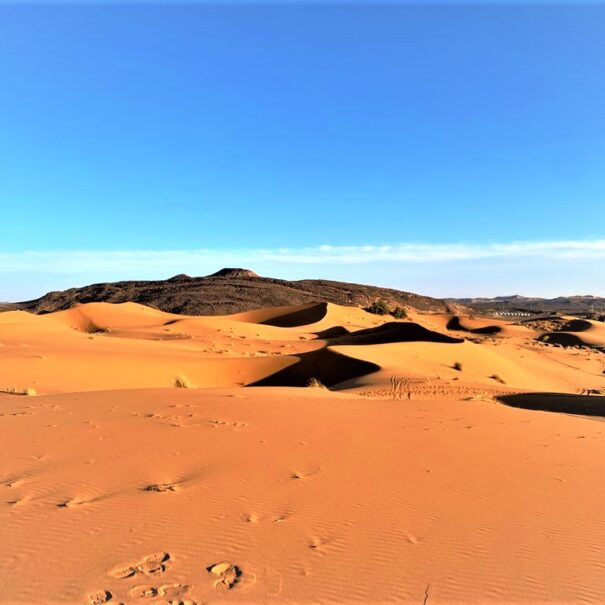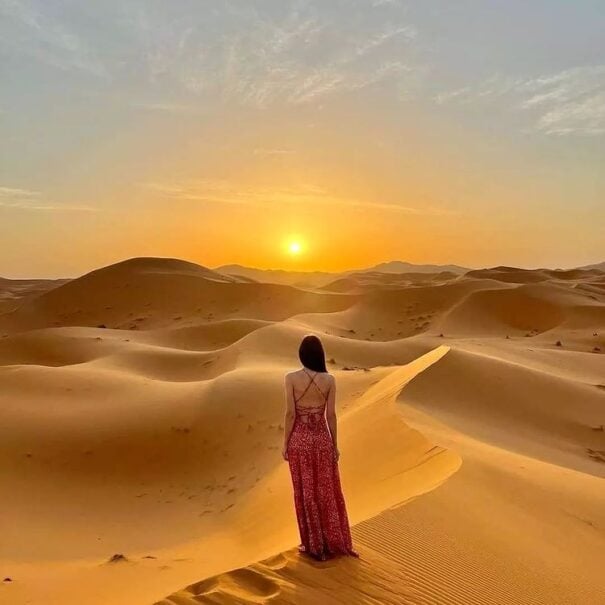Sahara Desert Tours From Marrakech
Sahara Desert Tours from Marrakech
The best itineraries
We provide extensive tours itineraries for desert and city tours departing from Marrakech. With our extensive tourism expertise, we are confident in our ability to tailor the ideal itinerary for you.
Best Morocco landcapes
Discover the finest of our country's sceneries with Marrakech city and desert tours led by experts. For example, the Erg Chebbi Sahara desert, the Todgha Gorges, and others.
Money back guarantee
When you book one of our city or desert tours from Marrakech, you have 15 days to cancel your reservation.
Pure local guides/drivers
Our local guides are true Moroccans with extensive knowledge of the customs, people, historical sites, and other topics. They will advise you and ensure that you have the greatest possible experience.
Choose the perfect plan for you
We provide the greatest desert and city tours from Marrakech. Below is a list of itineraries requested by previous travelers; if these do not fit your needs, please contact us.
Related Tours

Fes to Marrakech Desert Tour 2 days
Fes to Marrakech Desert Tour 2 days The Fes to Marrakech Desert Tour (2 Days) is a popular travel itinerary in Morocco, offering tourists the opportunity to explore the diverse landscapes and cultural treasures of the country. Spanning over two … Read More
Morocco desert tours from Marrakech sites:
Our desert and city tours from Marrakech will take you to several of Morocco’s most beautiful landscapes and historical sites. We’ll give you a quick rundown of a few of them here. For additional information, please contact us.
Ait Ben Haddou:
Ben-Haddou is a ksar, a fortified pre-Saharan city notable for its encircling walls. It is located in southern Morocco, along the Ouarzazate River, on the historic trade route between the Sahara and Marrakech.
The Ksar, which has been on the UNESCO World Heritage List since 1978, has outstanding examples of kasbahs. These massive structures were erected to defend medinas and towns and were evidence of the riches of particular families.
Regrettably, each downpour causes significant damage to these kasbahs and the entire ksar, which is made of earth. Furthermore, around 10 families still live on the property. However, the majority of the residents have relocated to the opposite side of the river, to a more contemporary city.
Ben-Haddou is well-known for its film industry, as it is home to numerous well-known producers:
To mention a few, David Lean’s Lawrence of Arabia, Martin Scorsese’s The Last Temptation of Christ and Kundun, Bernardo Bertolucci’s A Tea in the Sahara, Ridley Scott’s Gladiator, and Oliver Stone’s Alexander.
The Kasbah will be your first stop on our desert and city tours from Marrakech to the south. Now is the time to book a tour!
Ouarzazate:
At 1160 meters above sea level, Ouarzazate is located at the foot of the Atlas Mountains. In the valley formed by the confluence of the rivers Draa and Dades. Not to add that Ouarzazate is the Sahara’s entrance. It is the intersection of the Saharan routes. The passageway for the caravans transporting commodities arriving from Sudan. Its diverse sceneries are breathtaking.
When beginning desert and city tours from Marrakech to the south, Ouarzazate is the second stop.
It is now, more than ever, a very touristy city, the capital of the Souss-Massa-Drâa region, a commercial and military hub. It is distinguished by the friendliness of its Berber inhabitants, and it has a rich and diverse folklore.
The growth of tourism is mirrored in its recreational offerings, which include big hotels, golf courses, horse riding facilities, artisan cooperatives, an airport, and so on. Its contemporary Conference Centre can accommodate major corporate gatherings. The city boasts a fantastic lodging selection, including hotels, beautiful homes, and campgrounds.
The city spans along the Avenue Mohamed V, with various businesses, hotels, and restaurants. It is a city of pisé color, open and clean, with the massive Al-Mouahidine plaza at its heart.
It is an excellent starting place for exploring the Dades and Toudra valleys, the road of a thousand kasbahs, the Great Atlas, the Draa valley, and the Sahara.
In addition, sports events such as the International Ultra Ouarzazate Marathon “Gateway to the Desert,” which takes place in the city and its surrounds, are held there.
Tinghir:
Tinghir Palm Grove is located in the middle of the Todgha valley, between the High Atlas and the Jebel Saghro. The old French garrison settlement is constructed around a promontory overshadowed by the ruins of the ancient Glaoui Palace. When visiting the Todgha region, be sure to stop at Tinghir and take a stroll around the floral gardens, ksour, and kasbah.
Take the road to Er-Rachidia from Tinghir, then follow the palm grove route. After going through a series of hamlets and ksour, you will come to the village of El Hart, which is famed for the skill of its potters who use the valley’s ochre dirt. The site is extremely beautiful, and you will find fantastic items there (crockery, decoration, etc.).
Todra’s palm grove is a definite must-see on any trip to Tinghir. With an international driving license, you may drive down the wadi for 12 kilometers to the source of the Sacred Fishes, but walkers and sportsmen will be able to appreciate the gardens on foot. The scenery in the wadi bed resembles a multicolored checkerboard, with fields of grains, vegetables, palm and olive trees interspersed. You will also be able to explore the valley’s tiny settlements or simply enjoy the scenery. The hike takes around 3 hours on foot.
You will be able to access the Todgha Gorge from the source of the Sacred Fish. With Unique Desert Trips’ Marrakech desert and city tours, you’ll have a plethora of excursions at your disposal…
Merzouga:
Do you intend to visit Morocco? Are you searching for some fresh air and a change of scenery? Looking for beautiful scenery? Then don’t wait any longer and embark on a journey to experience the desert of Merzouga in Morocco’s Erg Chebbi. This encounter will far beyond your wildest dreams.
Merzouga’s initial steps are already enticing us with the fragrance of freedom. The never-ending journey comes to a halt at a little town that appears to be sleepy at first glance. But gradually, we find its people, its little stores, its sand-colored cottages, full of hues on the inside, and finally all around… sand dunes as far as the eye can see.
They are among the most magnificent sand dunes in the Sahara, and without a doubt the most stunning dunes in Morocco! The Erg is 30 kilometers long and 5 kilometers broad. Furthermore, Nature can be rather surprising at times, as seen by the placement of these dunes in the midst of nowhere! The tallest dunes may exceed 150 meters in height. You may also hire skis or a snowboard to go down them.
How to get to the Merzouga desert?
You may arrange a tour with us from Marrakech, Fes, Tangier, and Casablanca because we are a travel agency. Check out our Marrakech desert and city tours above. Merzouga’s desert is well-deserved! It takes at least 8 hours to reach there via narrow winding mountain roads from Marrakech. However, the views that this route provides are an adventure in and of itself. One of Morocco’s most gorgeous routes, without a doubt. There are enough mountains, icy passes, and desert highways to make the dream more than one. Furthermore, we recommend that you take the road twice and stop in the little town of At Ben Haddou, 30 kilometers before Ouarzazate; it is beautiful!
Ifrane:
Ifrane is a mountain village in the middle Middle Atlas Mountains, 1,713 meters above sea level. Because of the abundance of natural locations, it has one of the Kingdom’s greatest water reserves.
Geographical location:
Ifrane, whose original name is Ourti (a garden in Amazigh), is the capital of the province of Ifrane, which has an area of 3573 km2 and is part of the Meknes-Tafilalet region, according to the most recent administrative division.
Little Switzerland:
It has a very special nickname in Morocco: Little Switzerland. Better! In 2013, this 30,000-person hamlet in the High chain was rated the world’s second cleanest city. Ifrane is the capital of the province of Ifrane, which is part of the administrative area of Fez – Méknes. It has a massive tourism potential since the sights and other exquisite locations that surround it are remarkable and of uncommon beauty. It was certainly one of the late King Hassan II’s favorite destinations, since he frequently came to holiday or ski in his Royal Palace located on the heights of town, right before the Prairie des Amours.
The charm of this place resides in its diversity of diverse landscapes in an exceptionally peaceful environment where the fresh air scents the spirits of tourists with the fragrance of cedar and thuja essence. Given its geographical position, Ifrane has long been a summer camp destination and a change of scenery for visitors.
The lion of Ifrane:
It still stands magnificently in the city center and serves as one of the city’s symbols. It is without a doubt one of the most photographed locations in the whole region. The author of this stone sculpture, which dates from WWII, is either a German prisoner or a Frenchman, Gironde native Henri Moreau.
Fes:
Morocco is well-known for its four majestic royal cities: Marrakech, Meknes, and Rabat. Fez is the oldest of them all. Parts of the city were designated as UNESCO World Heritage Sites in 1981, owing to its beauty, variety, and cultural riches. Immerse yourself in one of the Islamic world’s hubs and be charmed by the city’s beauty and attractions. Our local specialists will take you to the most interesting and unique locations. Reserve your desert and city tours in Marrakech.
The Medina of Fes:
The medina, or old town, of Fez is the largest and oldest in the country. It is a UNESCO World Heritage Site in Morocco and should not be missed on your tour! You may get lost in the tiny passageways here and let the medieval ambiance work for you.
Highlights:
- Relaxation on one of Fez’s numerous terraces with stunning views.
- In the midst of the tiny streets, take in the real and true atmosphere.
- Explore the city’s biggest attractions.
Souks of the Medina:
The business sector comes life at midday, when the medina transforms into a massive market plaza. The numerous souks are divided into sections based on the kind of business. There is a market for spices, another for fresh fruits and vegetables, and artisan products, jewelry, and goldsmiths may be found a few blocks away.
Highlights:
- Take a look at the extensive and diverse selection.
- Explore your own neighborhood and broaden your gastronomic horizons.
- Expert advice: Go to Place Seffarine to learn about the manufacturing of copper pots!
Madrasa Bou Inania:
During the reign of the Merinids, this ancient university in Fez’s old town was established. The structure is a UNESCO World Heritage Site that was fully repaired in the mid-1990s. The inner courtyard is adorned with magnificent decorations and can be viewed by non-Muslims as well.
Chafchaouen:
Chefchaouen is a tiny town in northern Morocco, approximately 40 kilometers south of Tétouan. The city is also known as Chaouen (Spanish: Xau) and has a population of around 45,000 people. Chefchaouen, located on the eastern slopes of the Rif Mountains, enjoys moderate temperatures even during the warmest summer months. The name alludes to the two mountain peaks known as “Die Hörner” that can be viewed from the town. Chefchaouen is also famed for its many blue-painted structures, which you will see on city and desert trips from Marrakech. UNESCO designated the city’s traditional cuisine, along with those of other Mediterranean areas, as an intangible cultural heritage of humanity in 2013.
Story:
Moulay Ali Ben Moussa Ben Rached El Alami established the city in 1471. (a descendant of Idris I). A tiny fortification that still stands today dates from that period. The castle was erected as a defense against the Portuguese (15th century) advance in this area. Along with the Ghomara tribes in the area, numerous refugees from Andalusia (Spain), as well as exiled Jews, migrated there. During and during the Spanish Reconquista (Castilian: (reconquest) in the Middle Ages, the Arabs of Andalusia (Moors) fled. The refugees were subsequently dispersed over North Africa.
Tourism:
Chefchaouen province still has significant tourist potential to entice visitors to this lovely location. Currently, throughout the warmer seasons, there is a sort of daily tourism of visitors from Spain, including tourists planning a multi-day trip of Morocco’s north, including a visit to Tangier. Many residents prefer the milder temperatures in this mountain region – 570 meters NN – throughout the summer. There are numerous historical structures in the city, and there are large woods with a diversity of wildlife and plants outside of the city.
